The $2 bill is legal tender in the United States, but its usage remains less prevalent than that of other denominations. Due to their unique features and historical importance, specific $2 bills hold a special place for numismatists (coin and currency collectors). Read on as we share with you the unique features of some $2 bills that are most sought after by collectors.
1862 $2 Legal Tender Note
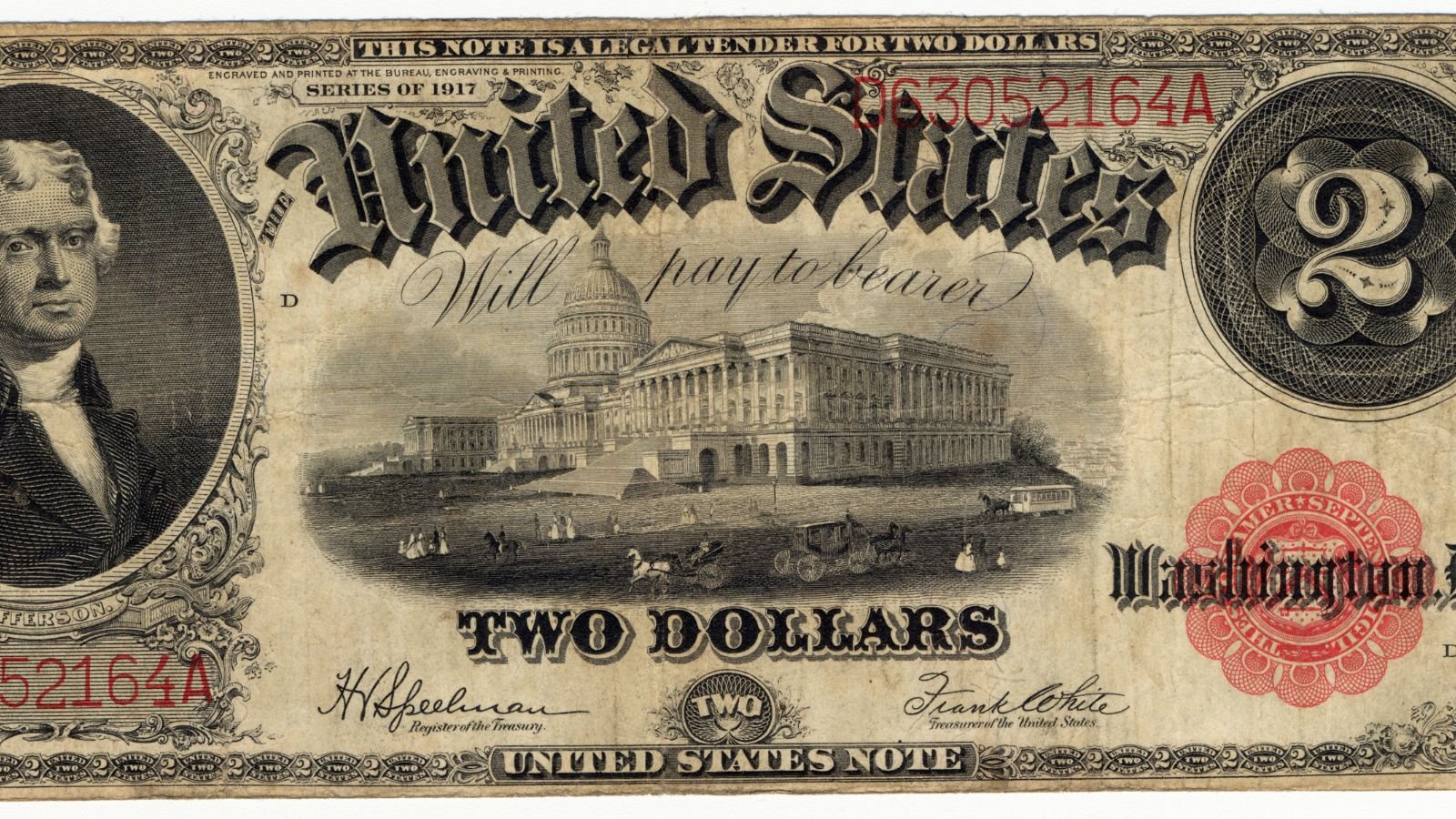
The 1862 $2 Legal Tender Note is a highly sought-after piece of American currency history. Featuring a unique portrait of Alexander Hamilton and boasting a distinctive design, these large-sized bills can be valuable to collectors. Their worth is determined by condition, with pristine examples commanding prices more than $2500. However, beware of counterfeits, as these notes have attracted forgers over the years.
1874 $2 United States Note
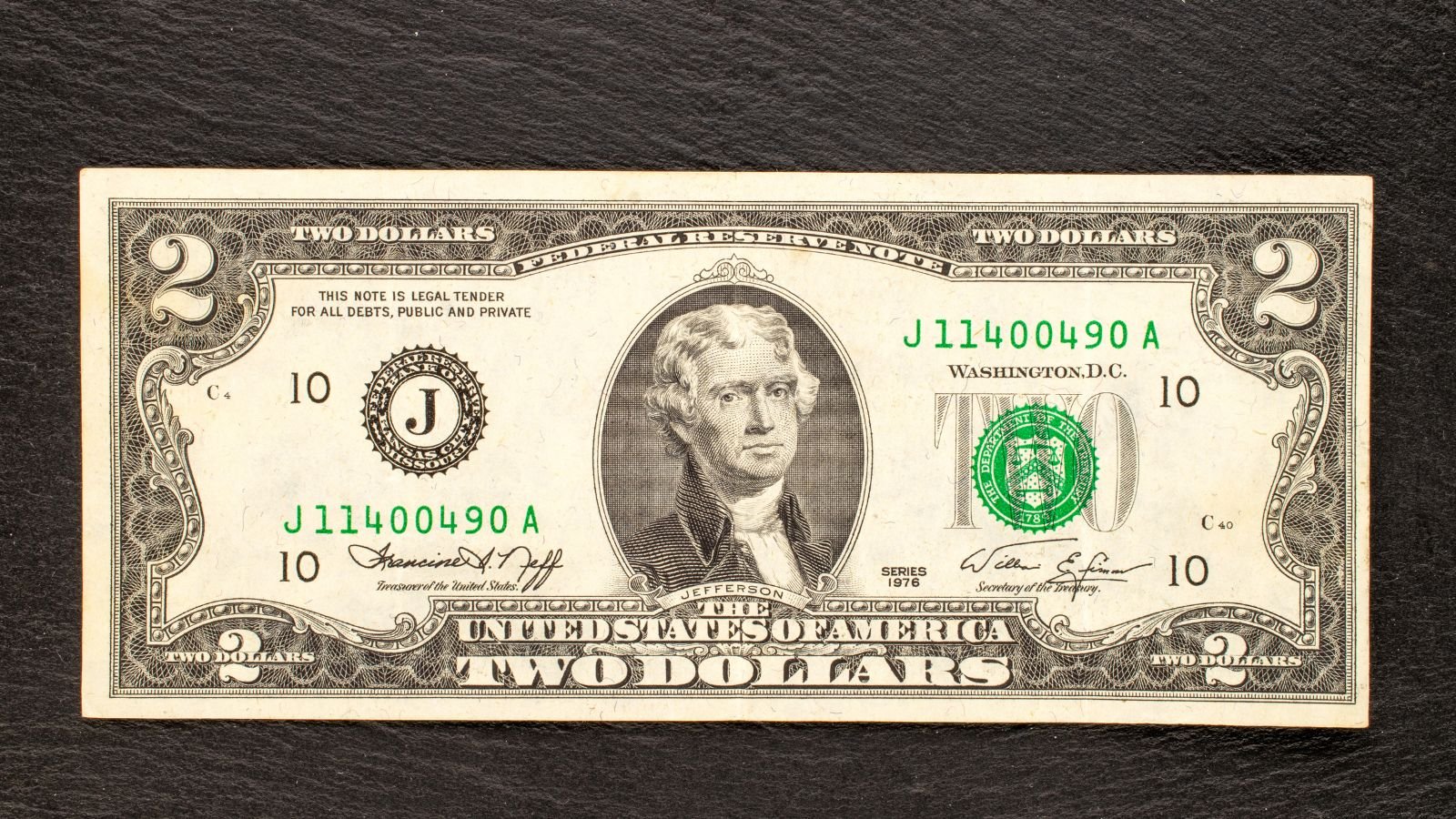
The 1874 $2 United States Note is a prized possession for numismatists. These notes are pretty rare and feature a portrait of Thomas Jefferson, intricate designs, and a red seal. Their value depends on their condition, with some bills fetching thousands of dollars. Look for features like “Two Dollars,” “Series of 1874,” and engraved signatures for authenticity.
1891 $2 Silver Certificate
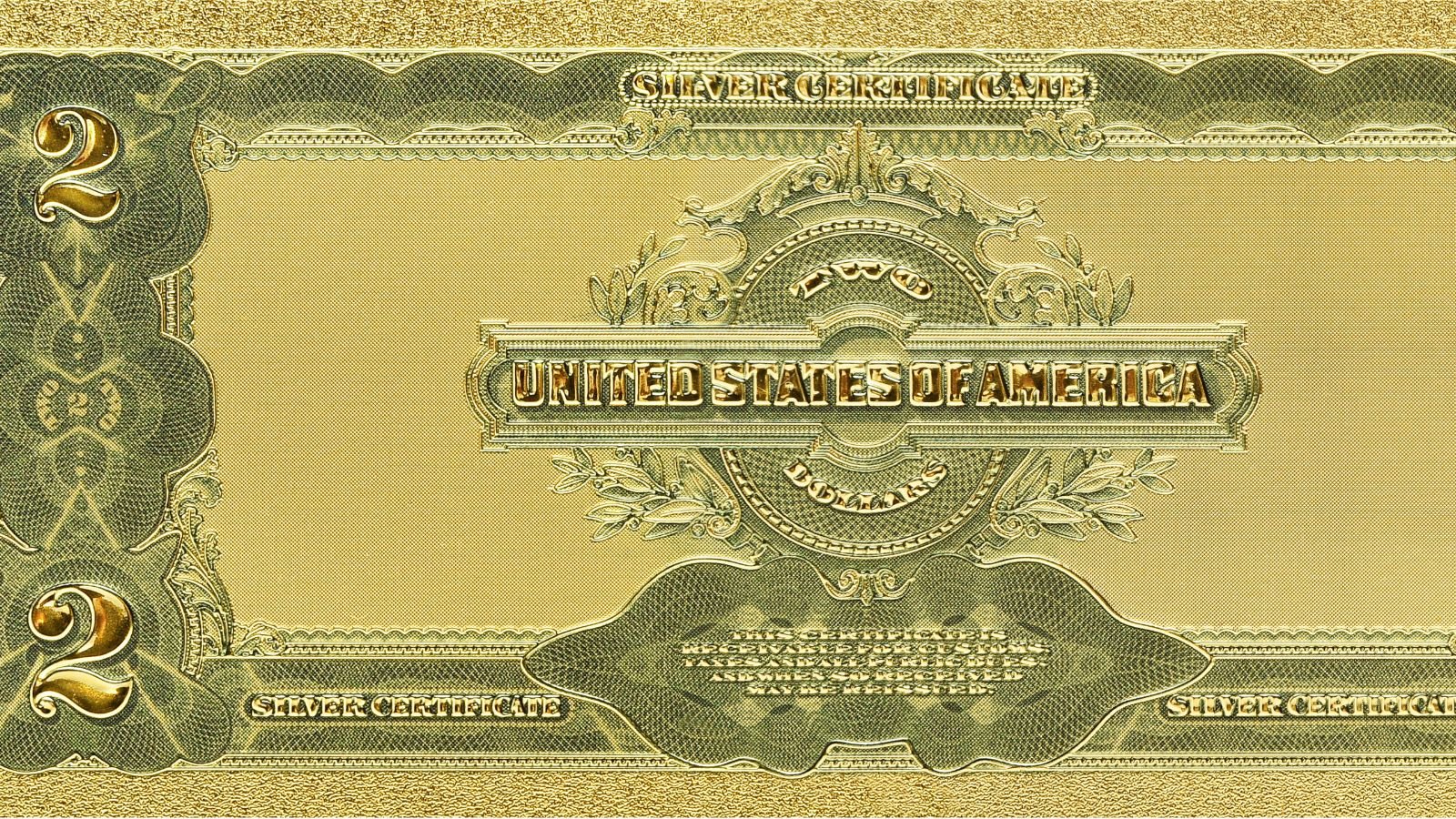
The 1891 $2 Silver Certificate is a collectible featuring a portrait of William Windom. Unlike other denominations, the design was completely revamped for this year. While not historically groundbreaking, its rarity makes it a sought-after piece for collectors completing their sets. The value primarily depends on its condition, with uncirculated notes commanding higher prices. Factors like serial numbers and signatures have minimal impact on value compared to the overall state of preservation. In circulated condition, these notes typically range from $250 to $900. However, uncirculated notes can fetch over $2,000 or more.
$2 Treasury Note
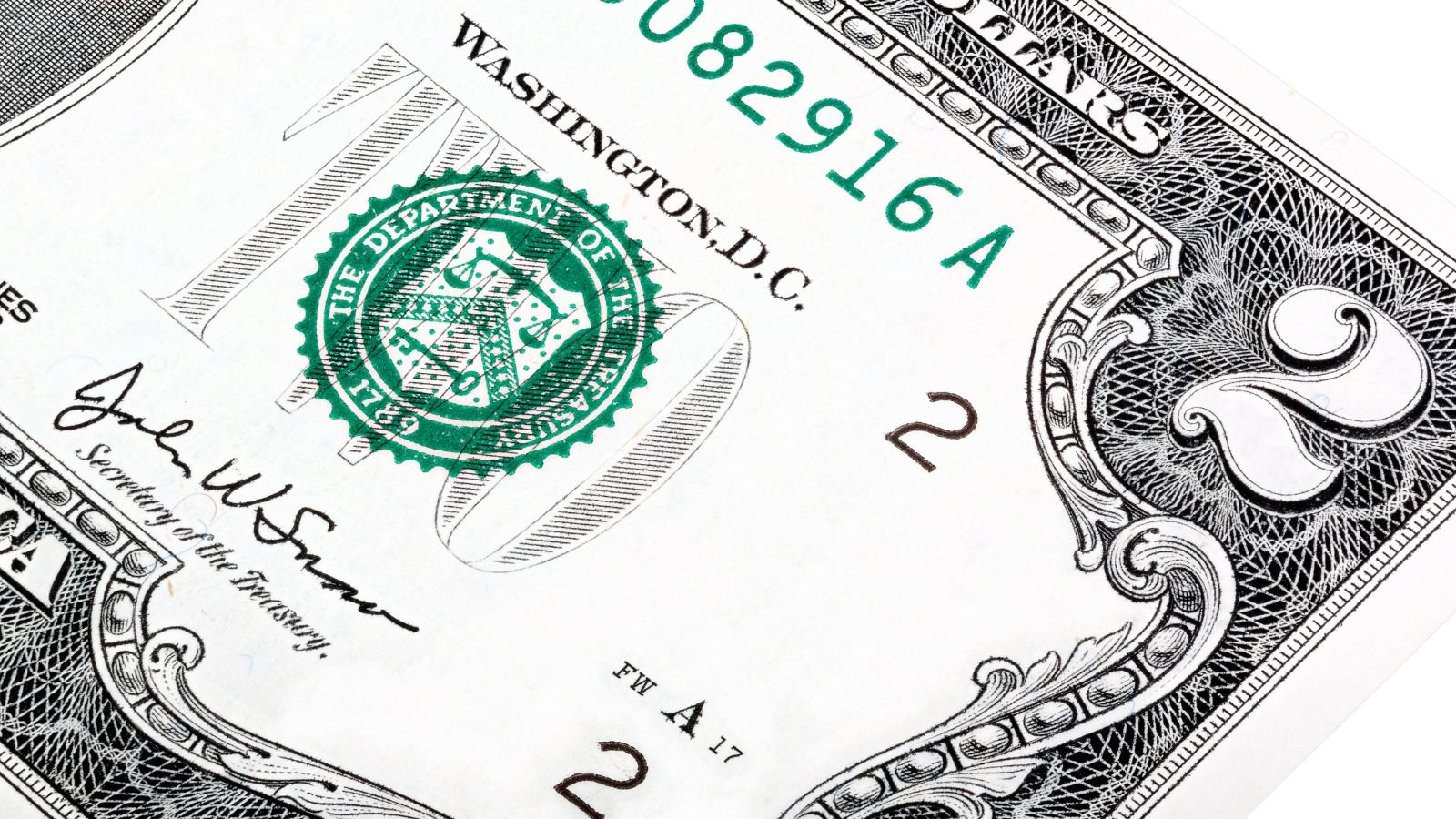
https://stock.adobe.com/in/images/president-thomas-jefferson-on-us-2-dollar-bill-close-up-unites-states-federal-fed-reserve-note/244814350
The $2 Treasury Note is extremely rare. Printed only in 1890 and 1891, these notes feature a portrait of General James B. McPherson, a significant figure in the Civil War. With limited surviving examples, their value can range from five thousand to tens of thousands of dollars. These notes were issued to purchase silver bullion, adding to their historical significance and collector appeal.
$2 Lazy Deuce Note
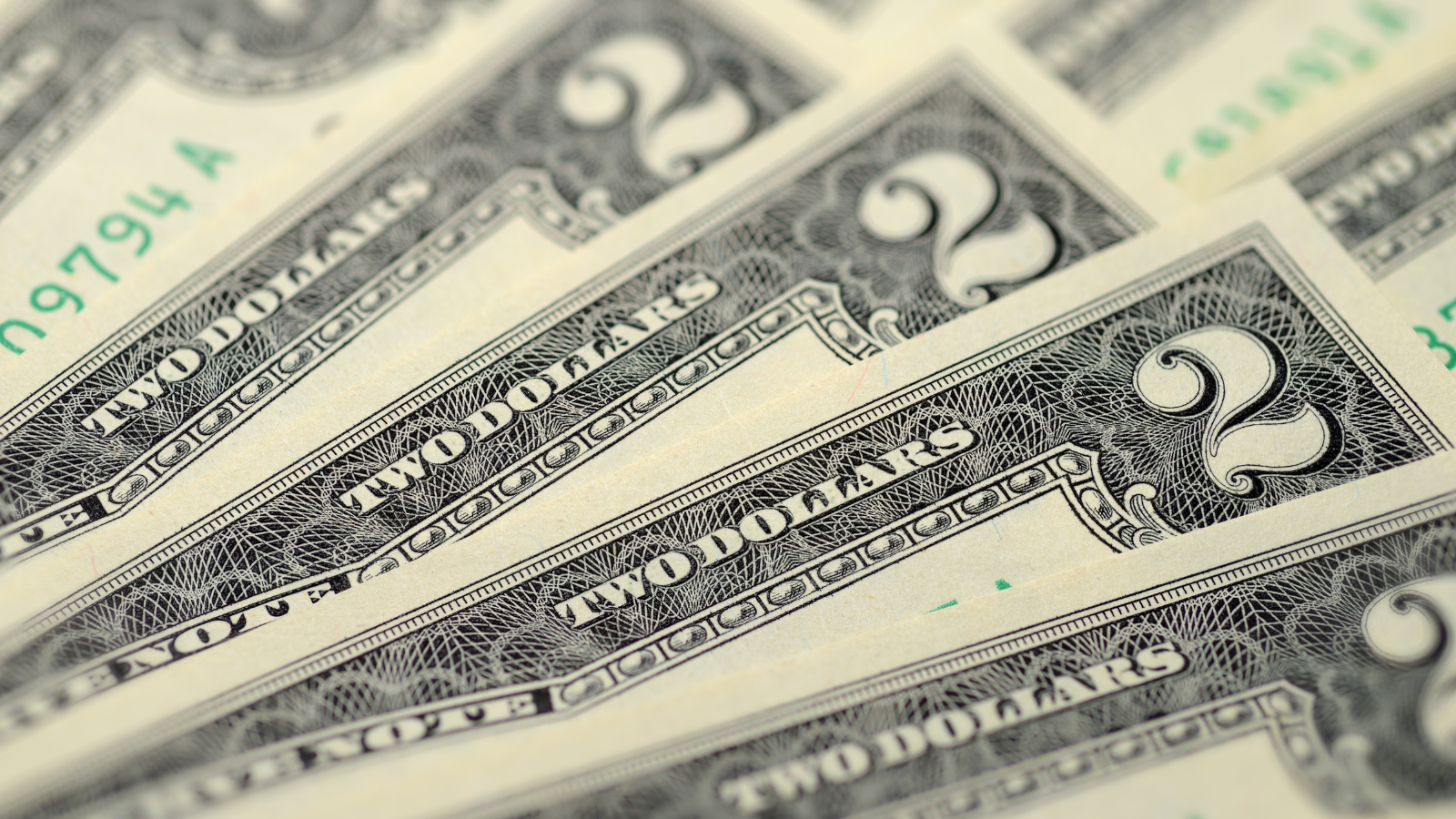
The $2 Lazy Deuce is a highly sought-after collectible. This large-sized note is easily recognizable with its unique design featuring a sideways “2” and a portrait of a flag-bearing woman. Issued between 1863 and 1875, its value is influenced by the issuing bank. Extremely rare examples, like those from Yonkers, New York, can fetch thousands of dollars, even in less-than-perfect condition.
$2 Red Seal Star Note
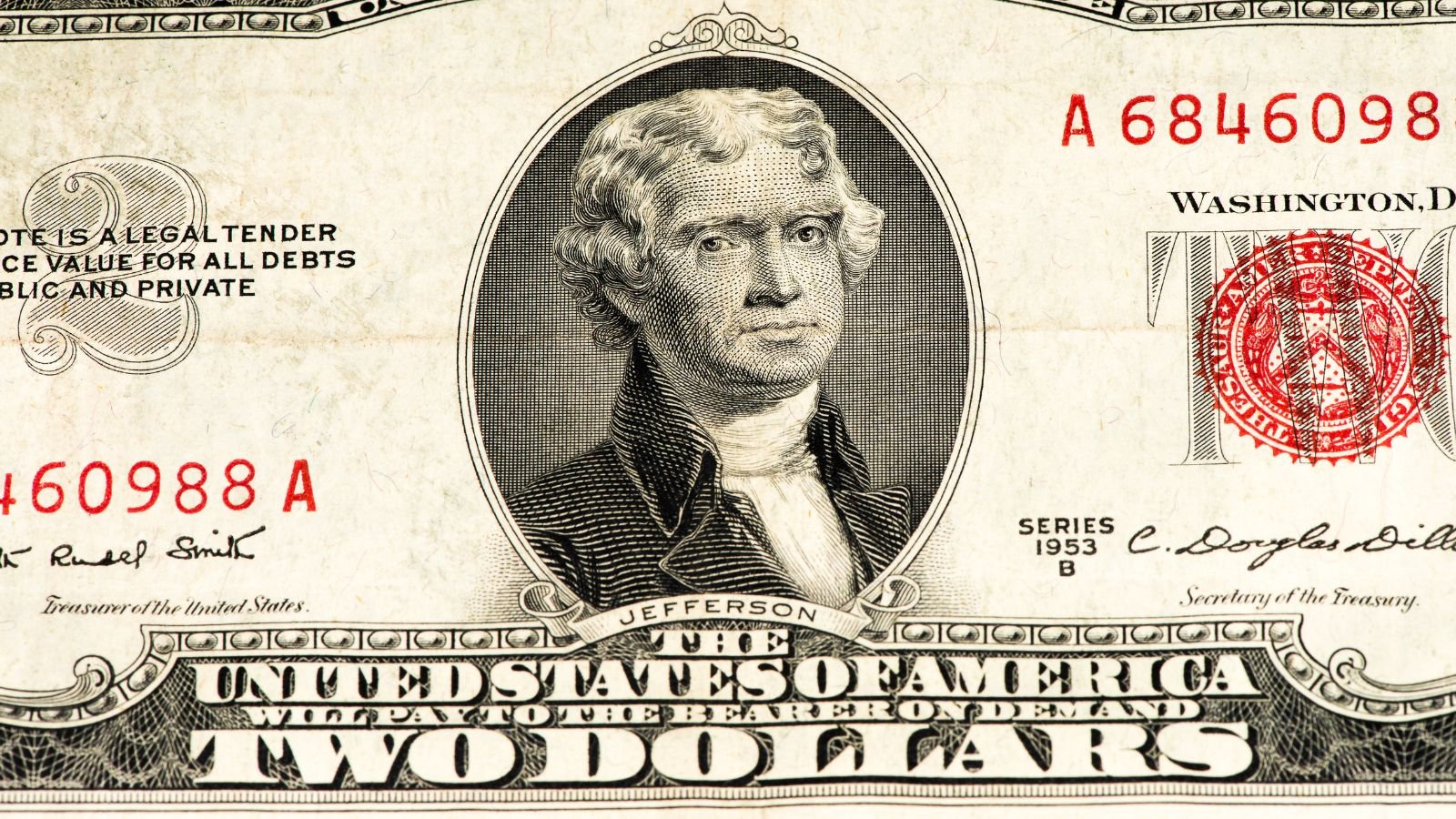
The $2 Red Seal Star Note is a highly prized collectible. Introduced in 1928, it features Thomas Jefferson and Monticello. While the 1928B star series is exceptionally rare, other red seal notes, particularly those from 1953 and 1963, are also sought after by numismatists. Their value is influenced by the note’s condition, rarity, and whether it belongs to a consecutive series. With their red seals and serial numbers, these notes can command a premium price in the collector’s market.
$2 Continental Note
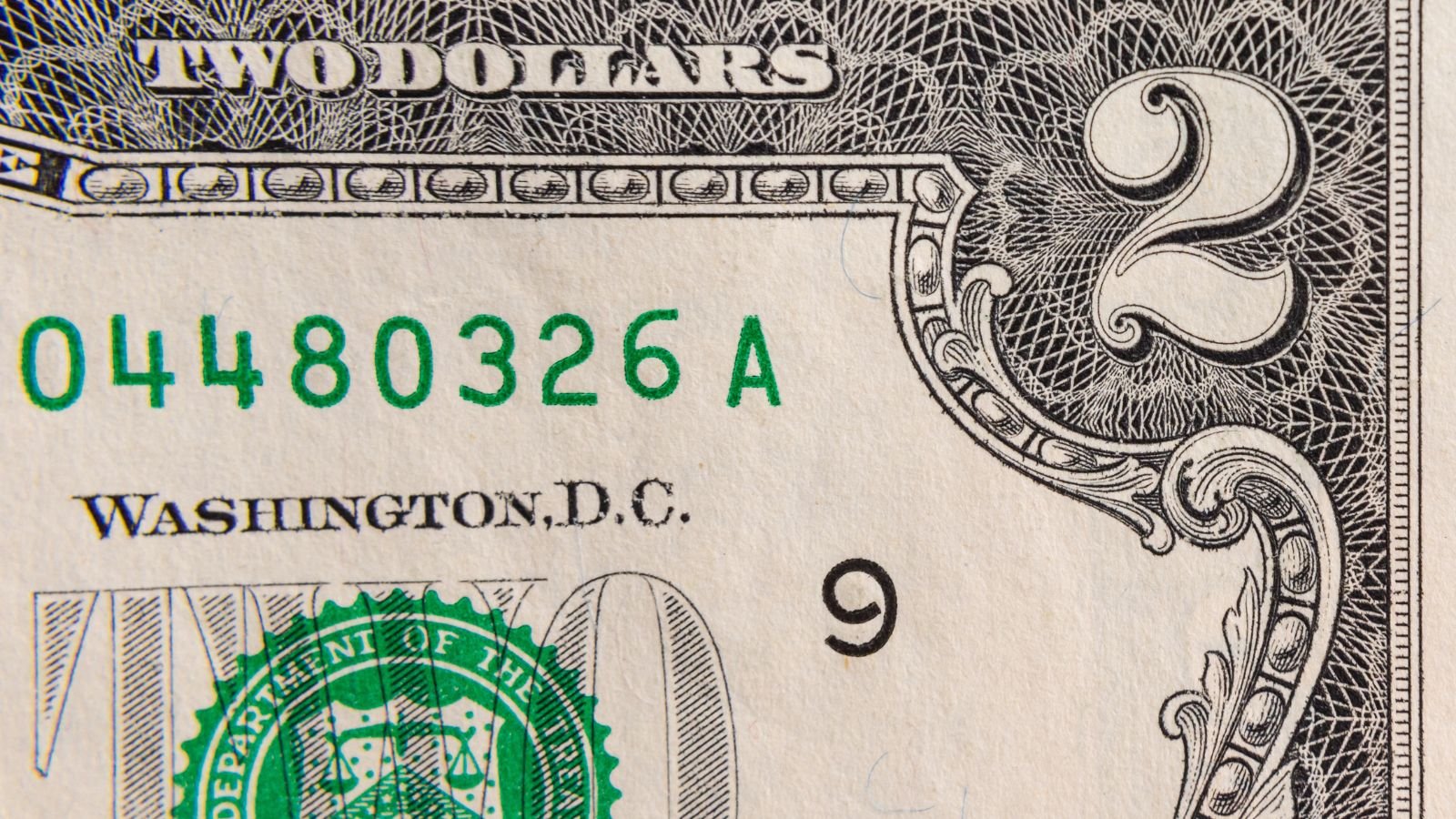
The $2 Continental Note is a prized historical artifact. Issued during the American Revolutionary War, it represents the first federally issued paper currency in the United States. Due to rampant inflation during the war, these notes eventually became worthless. However, surviving examples are scarce and sought after by collectors. Their historical significance and scarcity make them incredibly valuable, with prices ranging from hundreds to thousands of dollars depending on condition.
1976 $2 Bill With First-Day-Of-Issue Postmark
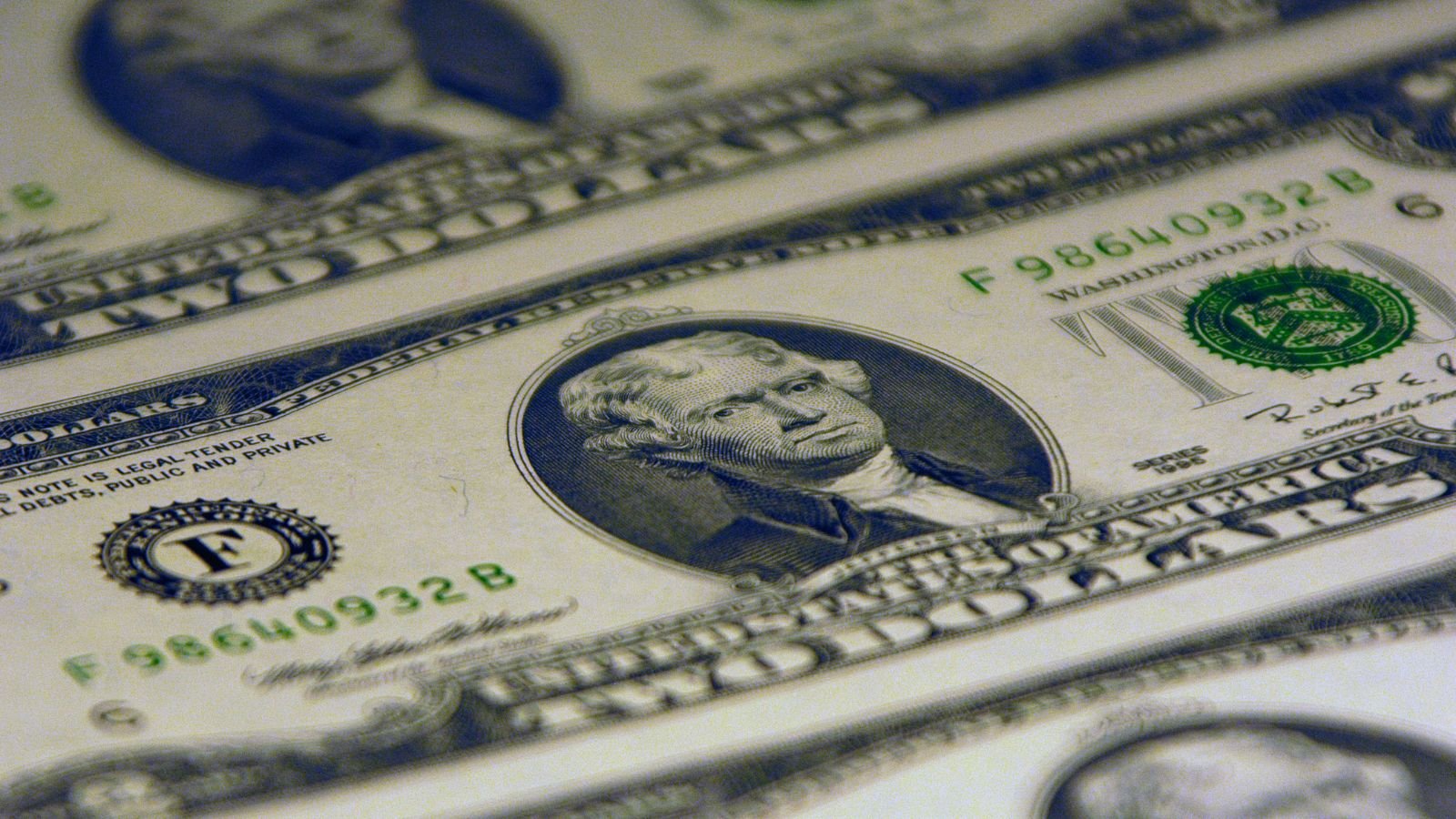
The 1976 $2 bill is a collector’s favorite, especially when it boasts a first-day-of-issue postmark. Commemorating the U.S. Bicentennial, this bill features a distinctive design and was eagerly sought after upon its release. An April 13, 1976 postmark significantly enhances its value for collectors. While the bill’s standard value is modest, those with pristine condition and a clear postmark can command a premium price.
1963 $2 Barr Note
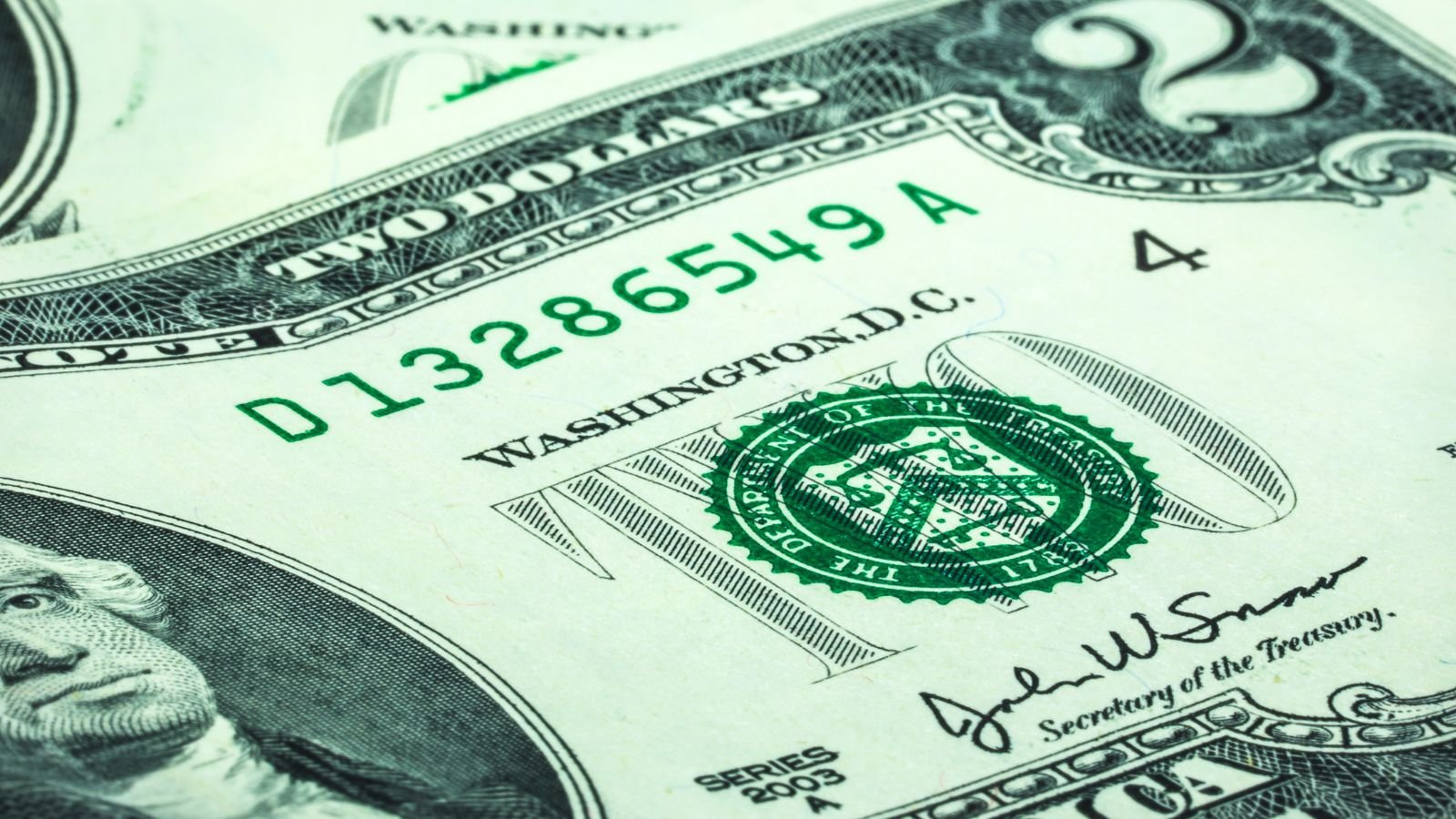
The 1963 $2 Barr note is a coveted item for collectors. These bills bear the signature of Treasury Secretary Joseph W. Barr, whose term lasted 28 days, making them relatively scarce. The condition of the note significantly influences its value, with uncirculated notes commanding higher prices. Secretary Barr’s brief tenure adds a layer of intrigue and desirability to these notes, making them particularly sought after by currency enthusiasts.
1918 $2 Battleship Note
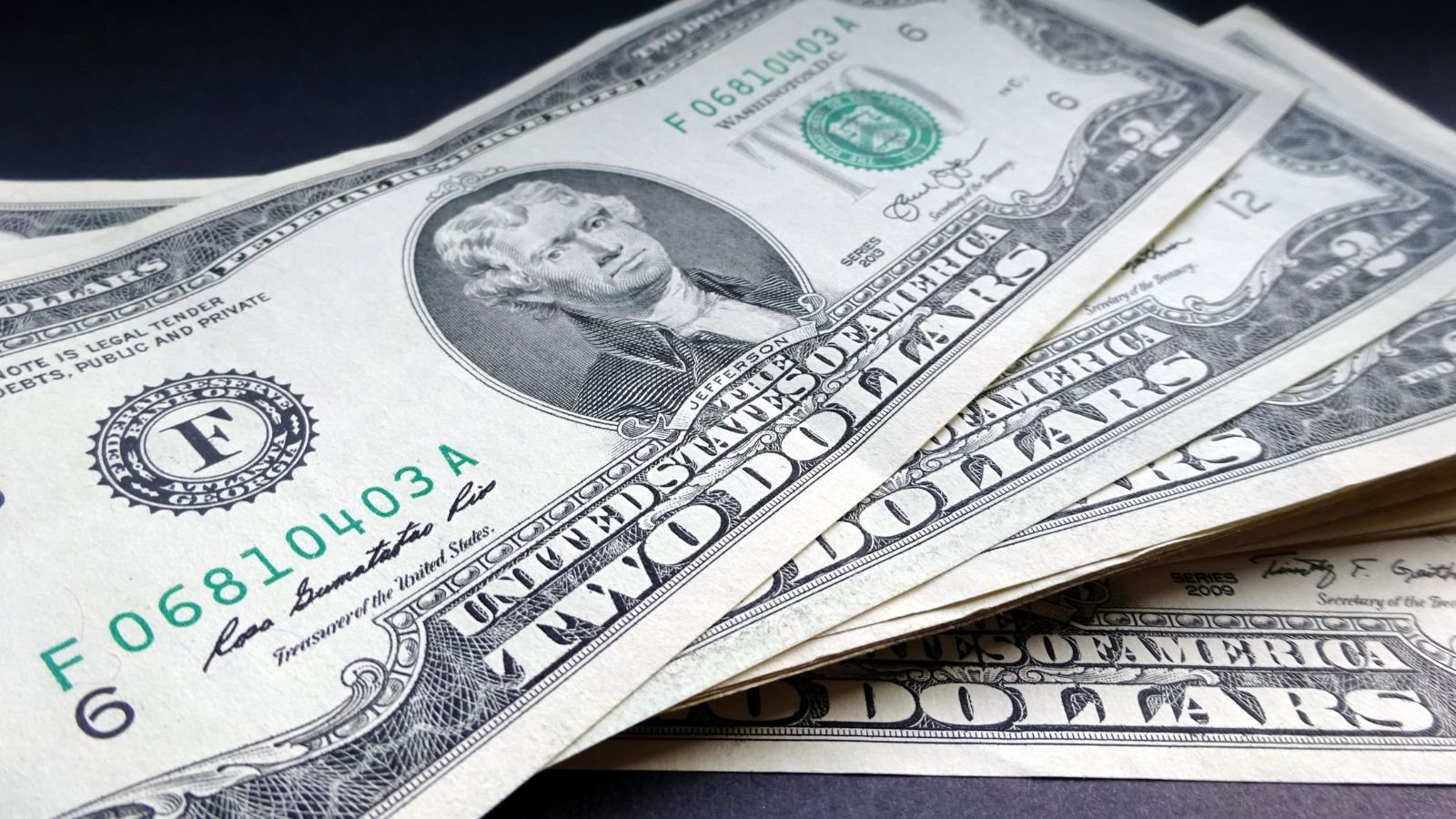
The 1918 $2 Battleship Note is a highly sought-after collector’s item. Featuring a portrait of Thomas Jefferson and an iconic battleship on the reverse, this large-size bill is a favorite among collectors. While relatively common compared to other rare denominations, specific bank issues and high-grade examples can command significant premiums. While low serial numbers are available, they don’t drastically increase the price due to the abundance of high-grade bills. The design’s beauty and historical significance make it a popular addition to any currency collection.
1917 $2 Legal Tender Note

The 1917 $2 Legal Tender Note is a collector’s gem. This bill, known for its intricate “sawhorse” design, is a piece of American currency history. Its value is significantly higher than its face value, with pristine examples commanding even more. Collectors appreciate its historical significance and aesthetic appeal, making it a sought-after addition to any currency collection.
1976 Series Bicentennial $2 Bill
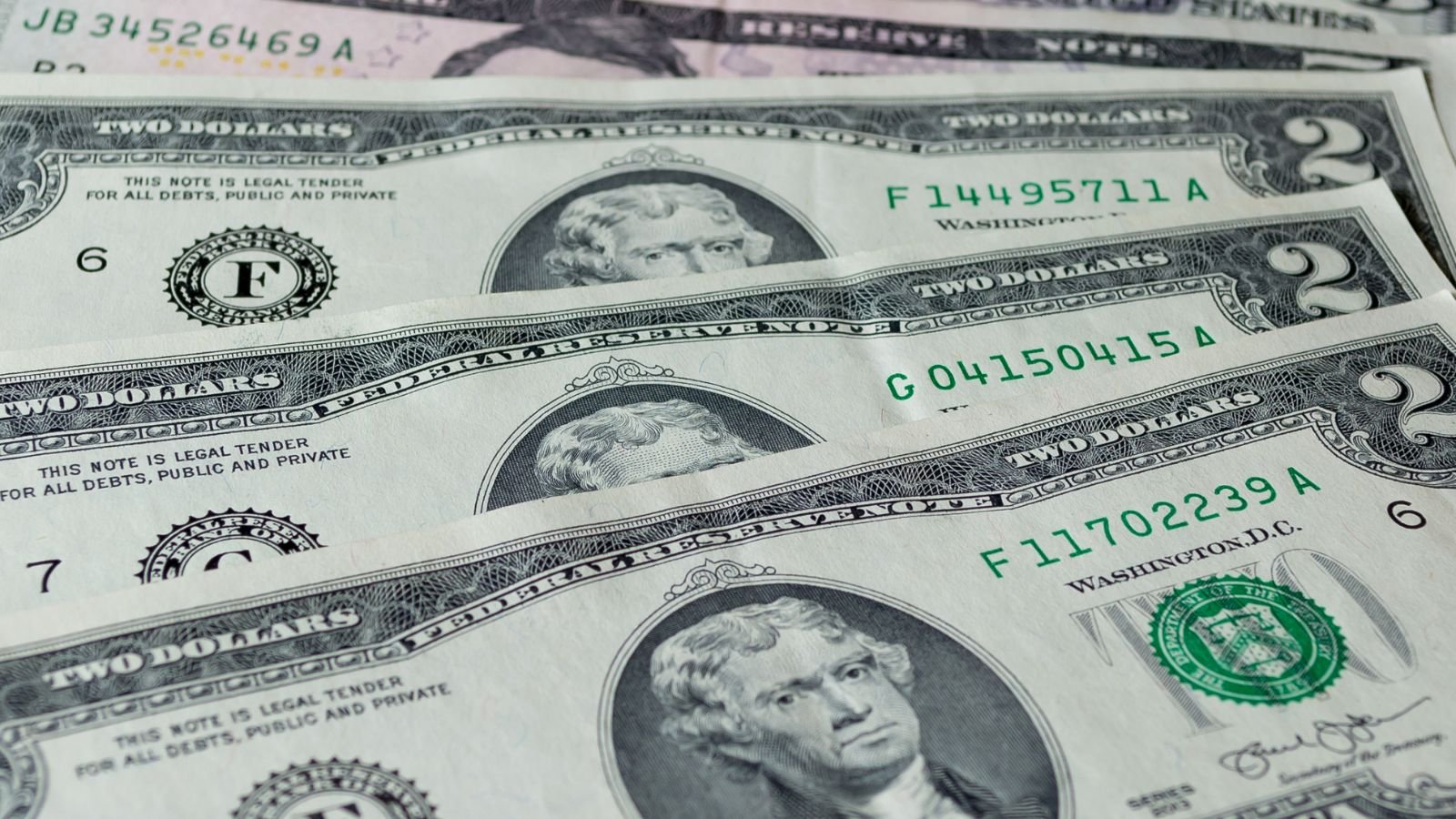
The 1976 Bicentennial $2 Bill is a distinctive piece of American currency. It was introduced to commemorate the nation’s 200th anniversary and marked a significant redesign from previous $2 bills. This bill captured public interest by featuring a new portrait of Thomas Jefferson and a striking image of the Declaration of Independence on the back. While most are worth their face value, factors like condition and specific variations can influence their collectible value.
